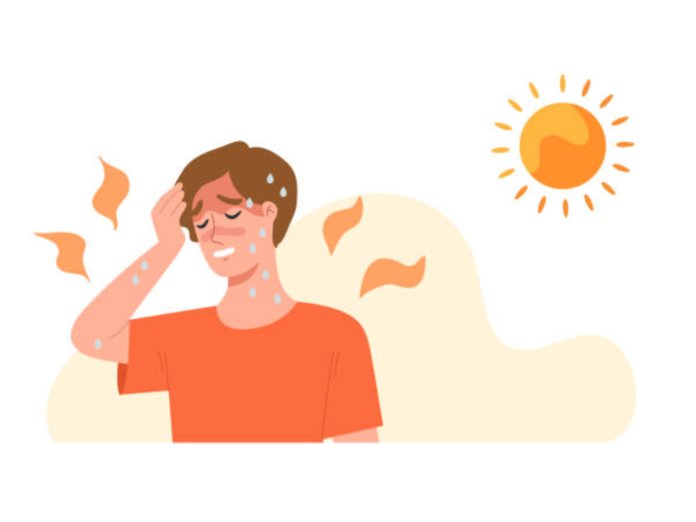Preventing heatstroke, particularly in individuals with underlying health conditions, involves several proactive strategies:
Staying properly hydrated is essential. It’s crucial to stay hydrated by drinking lots of water and avoiding liquids that dehydrate easily, such alcohol and caffeinated drinks. It’s crucial to discuss fluid consumption with a healthcare professional if you take diuretics or other medications that alter hydration.
During heatwaves, anyone using drugs that influence how they regulate their body temperature should speak with their healthcare professionals. Medication adjustments or further monitoring may be required.
Body temperature can be regulated by taking cool showers, utilizing fans or air conditioning, and remaining in cool places during the hottest parts of the day. Additionally helpful in dissipating heat is wearing loose-fitting, lightweight clothing.
The body can adjust by being exposed to heat progressively more. This is especially crucial for people who want to work out or participate in outdoor activities in the summer.
The body can adjust by being exposed to heat progressively more. This is especially crucial for people who want to work out or participate in outdoor activities in the summer.
Maintaining a low body temperature can be achieved by eating light meals and avoiding foods high in protein that raise metabolic heat generation. It’s good to include foods high in water content, such as fruits and vegetables.
Cooling towels, ice packs, and personal misters can all be used to relieve heat quickly. These tools might be very helpful when engaging in outdoor activities.
Frequent medical exams can assist in identifying any possible risk factors for illnesses brought on by the heat. Customized approaches to managing heatwaves can result from discussing any worries with healthcare professionals.

